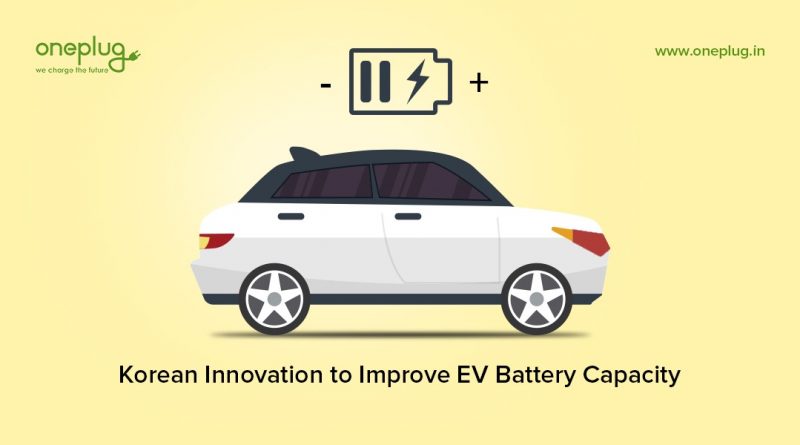Innovations and breakthroughs come out as a delightful surprise to any industry and the same is the case with the EV sector. Recently only a team of scientists from Korea had discovered ways to improve the overall range of EV vehicles. They have invented technologies using silicon anode material that nearly multiplies the battery capacity by four times as compared to traditional graphite anode material.
Along with capacity, other predominating battery features such as charging time, the range is also significantly increased with the use of present technology. Batteries with silicon base materials have proven to be charged to around 80% in just five minutes time and are expected to double the driving range. At present, batteries use graphite anodes that are limited by its chemical composition to achieve a rapid charging and weight to efficiency ratio which is also one of the limiting factors in wide range adoption EVs in the global front. With Silicon, however, outperformance all of the required battery parameters allowing EV’s to evolve from a mere city drive vehicle to a long-distance companion.
But there are a few hurdles on the way which limit the commercialization of such a technology, as silicon shows a tendency to rapidly expand during charging and discharging which significantly affects their capacity over the long run. In short silicon, anodes cannot be used over an extended charge, discharge cycle due to efficiency loss. In order to tackle such a situation, scientist throughout the industry is finding ways to stabiles the silicon component, but the cost and the complexity is solving down the entire process.
But there are a few hurdles on the way which limit the commercialization of such a technology, as silicon shows a tendency to rapidly expand during charging and discharging which significantly affects their capacity over the long run. In short silicon, anodes cannot be used over an extended charge, discharge cycle due to efficiency loss. In order to tackle such a situation, scientist throughout the industry is finding ways to stabiles the silicon component, but the cost and the complexity is solving down the entire process.
According to researchers from Korea, the stability of silicon can be increased by using materials that are commonly used in our day to day lives. For example, frying the silicon anode using water starch and oil can regulate silicon expansion during charge and discharge cycles.
Even though how quirky the experiments sound to be, it is surely showing positive results.
The researches for a battery is not limited to international markets, Indian Oil Corporation. Limited recently has announced that they have partnered with an Israel battery manufacturing firm to produce metal-air batteries that have the potential to be used in EV’s. The distinctive feature about the battery is that it is highly moldable for multipurpose usage, both for mobility and stationery needs. It needs to be seen that how these kinds of innovations would benefit the EV the market as a whole.
Even though how quirky the experiments sound to be, it is surely showing positive results.
The researches for a battery is not limited to international markets, Indian Oil Corporation. Limited recently has announced that they have partnered with an Israel battery manufacturing firm to produce metal-air batteries that have the potential to be used in EV’s. The distinctive feature about the battery is that it is highly moldable for multipurpose usage, both for mobility and stationery needs. It needs to be seen that how these kinds of innovations would benefit the EV the market as a whole.

